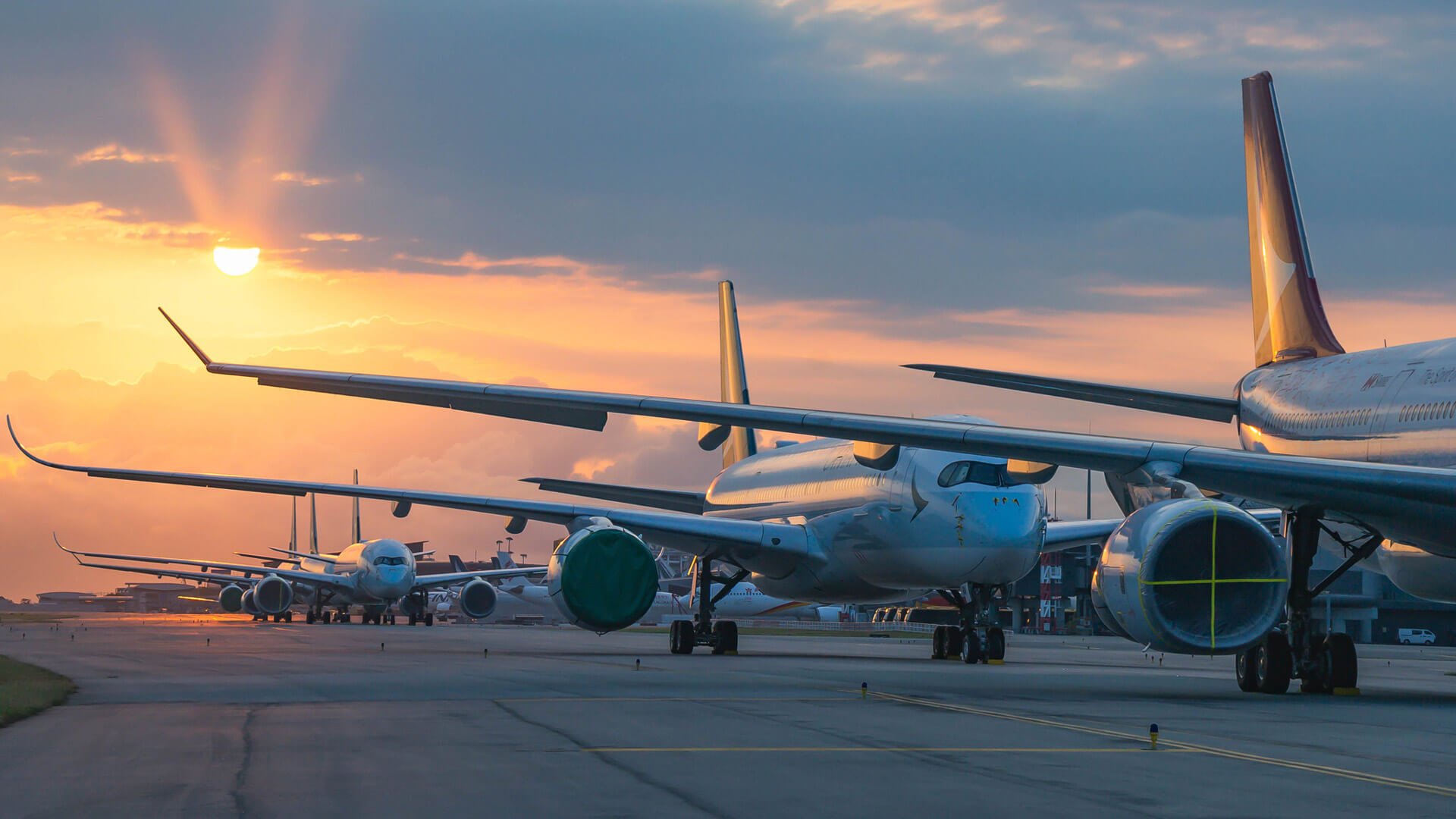The Global Aviation Industry: Soaring to New Heights in a Connected World
The global aviation industry is a dynamic and vital sector that connects people, cultures, and economies across the world. From international travel to cargo transport, the aviation business plays a significant role in shaping globalization and supporting economic growth. In this article, we explore the significance of the global aviation industry, its impact on trade and tourism, technological advancements, and the challenges it faces in a rapidly changing world.

Connecting the World: Trade and Tourism
1. Enabling Global Trade
The aviation industry is a cornerstone of international trade, transporting goods and services swiftly across borders. Freight and cargo flights facilitate the exchange of goods, supporting global supply chains and driving economic development.
2. Facilitating Global Tourism
Aviation has transformed international travel, making it accessible and convenient for people to explore the world. Tourism thrives with the ease of air travel, boosting local economies, and promoting cultural exchange.
Technological Advancements and Innovation
1. Advancements in Aircraft Technology
The aviation industry has seen significant advancements in aircraft design, materials, and fuel efficiency. Modern aircraft are more environmentally friendly, reducing carbon emissions and contributing to sustainable aviation.
2. Digital Transformation in Air Travel
The digital revolution has revolutionized air travel, from online booking platforms to electronic boarding passes and seamless passenger experiences. Technology has enhanced operational efficiency and improved the overall travel experience.
Economic Impact and Employment
1. Economic Contribution
The aviation industry is a significant contributor to the global economy. Airlines, airports, and associated businesses generate substantial revenue and create job opportunities worldwide.
2. Employment Opportunities
The aviation sector offers diverse employment opportunities, ranging from pilots, flight attendants, and ground staff to aviation engineers, air traffic controllers, and aviation management professionals.
Environmental Challenges and Sustainable Solutions
1. Carbon Footprint and Emissions
Aviation is a significant source of carbon emissions, contributing to climate change. The industry faces the challenge of reducing its carbon footprint while maintaining growth.
2. Sustainable Aviation Initiatives
The aviation industry is actively adopting sustainable aviation initiatives, such as investing in biofuels, using more efficient aircraft, and implementing carbon offset programs to reduce environmental impact.
Navigating through Global Challenges
1. Pandemic Impact
The aviation industry faced unprecedented challenges during the pandemic, with travel restrictions and reduced demand severely affecting airlines and airports. The sector is now focused on recovery and rebuilding passenger confidence.
2. Geopolitical and Regulatory Factors
Global aviation is influenced by geopolitical factors and international regulations. Airlines must navigate through complex aviation policies and maintain compliance with safety and security standards.
Conclusion
The global aviation industry continues to be a driving force behind globalization, connecting people, cultures, and economies around the world. Through technological advancements and innovation, the industry is striving to become more sustainable and environmentally friendly. Despite facing challenges, the aviation business remains resilient, and the post-pandemic recovery offers opportunities for growth and transformation. By embracing sustainable practices, investing in innovation, and navigating through global challenges, the global aviation industry can continue to soar to new heights in a connected world.